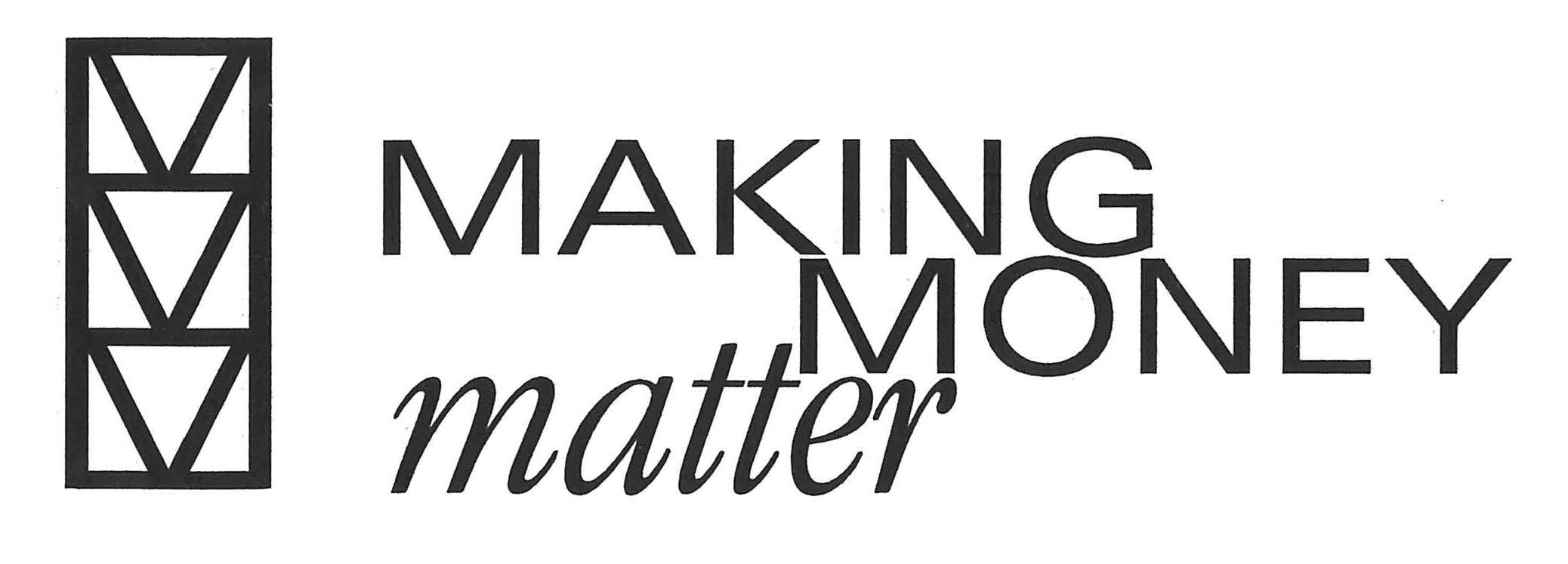You make donations, but do you give well? Here’s a roadmap to better giving, now and later.
1. Capture your Commitments
Make a list of the organizations you have supported or plan to support in 2016 and the total amount you’ve given to each. Include walks, drives, sales, thrift store donations, fundraising events, auctions, and donations with cash, by check or by credit card. Then add the non-profits where you volunteer. Calculate the amount of time you spend each year, then multiply the number of hours by the value of an hour of your time. Add up all the subtotals to see your total charitable commitment.
2. Ask Yourself “Why?”
For each organization and with just a few words, answer the question, “Why did you make this gift?” Habit? Loyalty? Perceived obligation? Passion for the mission? To honor someone? Write down your primary motivation. Highlight or bold the gifts that have given you the most satisfaction. Why did you select each of them?
3. Make Mission and Metrics-Based Decisions
Can you identify the mission of each organization you support? Do you know how your charitable gifts are used by the organization? Do you care about the particular programs and how effective they might be? How closely aligned is your giving to your personal values? Hint: if alignment isn’t there, you probably have little satisfaction in giving and it feels more like paying a bill. Rate yourself by choosing one of these four categories for each entry: Mission alignment? Values alignment? Both? Neither?
4. Be Tax-wise and Leverage Your Giving
If you itemize, consider the value of your charitable income tax deduction and any Colorado child care charitable tax credit you might receive to figure out the actual net cost of your gifts. Look at whether this is a tax year where charitable deductions would reduce your overall tax rate. Calculate your tax savings and consider using your savings to enable additional giving.
5. Give from Assets too!
Now think beyond just your income about whether you have any appreciated assets that could increase your giving capacity further based on the net cost after possible capital gains tax avoidance. You may find you can be even more generous.
6. Get Tough
When you get this far, you are ready to create a focused annual giving plan that is based on an alignment of your values, the organizations’ capacity to deliver results, your understanding of your capacity to give from both income and assets and acknowledging the real cost of your gift after taxes. Eliminate the organizations where your alignment and satisfaction are low. Review the top few organizations on your spreadsheet and consider increasing your support. You may even want to look into related organizations or explore a new impact area. Make your giving thoughtful and purposeful.
7. Plan Longer Term
If you are already a significant, thoughtful donor with an annual giving plan, think beyond where you are now. Commit to multi-year gifts, restricted gifts for a purpose, gifts of complex assets, life income gifts and beneficiary designations/bequests. Consider gifts for capital projects and for endowments for the sustainability of the organizations you want to thrive.
Bottom line for better giving: if you don’t have a plan, create one. If you do, review it, prune it, and focus. Use your charitable deductions to leverage your gifts so you can give more. Think about giving assets, giving with impact now and planning ahead for yourself and the organizations that matter to you.
And remember, while it is never too early or too late to give, if you want a tax deduction for 2016, your transaction must be fully completed (postmarked, processed, transferred) before December 31st.

